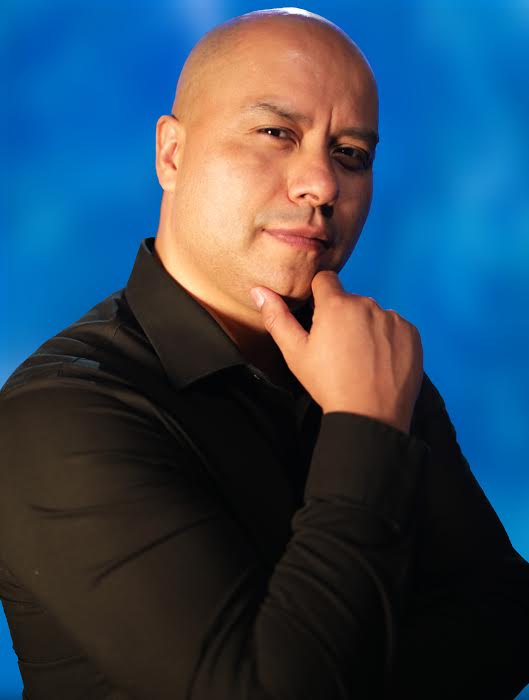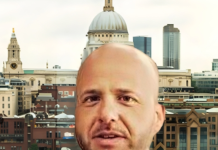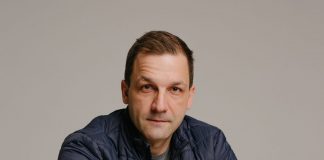How do you create a successful image?
I create the image from the moment I visualize the scene, I imagine the actor’s performance and the scenic movement; once on set, I chat with the production designer and listen to the proposal of my main ally, the cinematographer. I like not to confuse my audience, I want them to know exactly the direction of the story I am telling them image by image, this makes them delve into it and enjoy the cinematographic experience.
In your stories I see that you handle the sequence shot very well, tell us about your technique.
The sequence shot in my point of view gives realism to the scene and gives the actor the freedom and time to better create his character; They are not easy to do because once they are finished there is no way to tell the story any other way in the editing room, but that’s the risk I like to take as long as the story feels credible. I like choreographing the scene for the camera and the camera for the scene, people move and the camera should do it too, but always in an organic way.
How much time do you spend planning a scene?
Usually, I like to have everything planned as much as possible weeks before the shooting, in American’t, for example, we shot it in the middle of the Covid-19 pandemic, so the script readings and rehearsals with the actors were by zoom, I told them exactly what I was looking for and we explored it in rehearsal. Actors didn’t see each other until the time of filming. On the other hand, when I am producing and directing the tv show “Tengo Talento” there is almost no planning time, I have to get to the plate and be creative, take advantage of the good things and try to solve the obstacles in the best possible way.
What type of lenses are your favorites and how do you use them?
I really like to use a 200mm if I want the scene to feel like it’s from a voyeur’s point of view, I like an 85mm for close-up shots as it helps me accentuate the drama better, but on the other hand I love a 14mm ultra-wide lens that allows the action to be more dynamic.


![[CEO Spotlight] Interview with Budding Music Mogul Charles “Big Pup” Hamilton, CEO of P.U.D. Empire](https://forbesglobalnews.com/wp-content/uploads/2022/01/big-pup-218x150.jpg)




